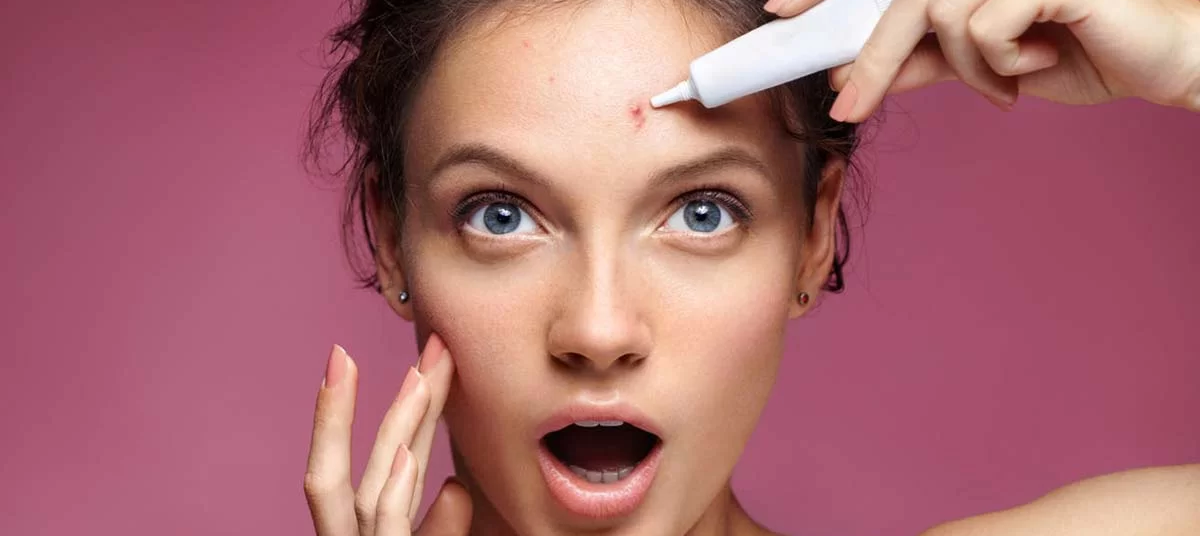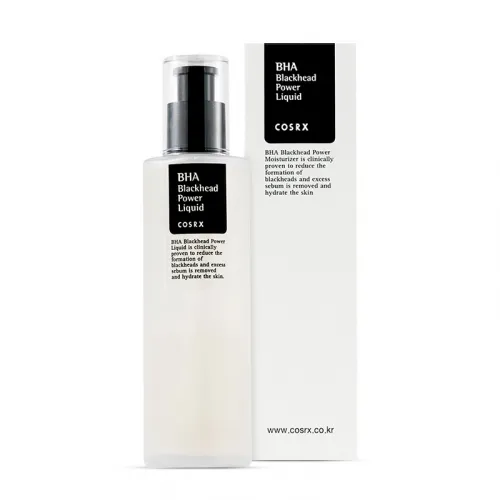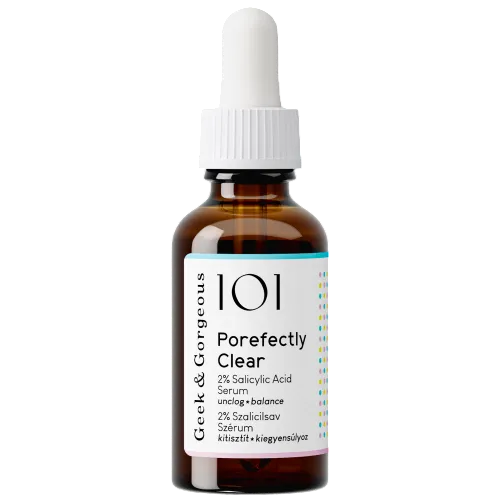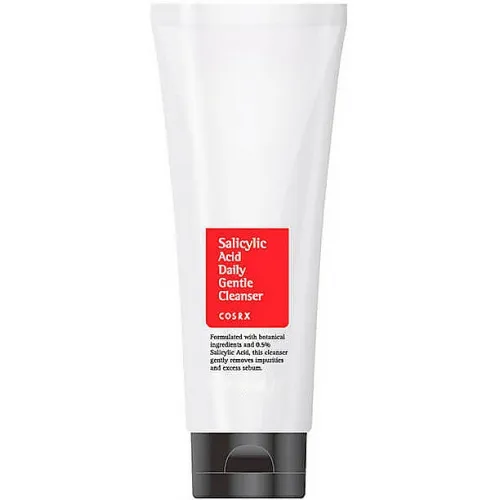If you have sebum-prone, breakout-prone skin, getting to know salicylic acid will be a game-changer!

Salicylic Acid: The Magic Against Breakouts
If your skin frequently “delights” you with breakouts, blackheads, and excessive shine, it’s time to introduce salicylic acid into your routine. This is one of the most effective actives for oily, acne-prone skin, with proven efficacy that remains strong even in the era of beauty innovations.
So, what makes it special?
How Does Salicylic Acid Work?
Salicylic acid is the only acid from the BHA (beta-hydroxy acid) family that has a unique ability to dissolve in oils. This means that it:
- Easily penetrates pores, dissolving sebum plugs
- Regulates sebum production, reducing oily shine
- Helps fight blackheads and comedones
- Fights bacteria that cause inflammation
- Stimulates cell renewal, helping to fade post-acne marks
- Smooths skin texture, improving overall appearance
The Superpowers of Salicylic Acid
1. It Works Inside the Pores
Glycolic and other AHA acids primarily work on the skin’s surface, helping to remove flakiness and boost radiance. However, they can’t penetrate deep into the pores. Salicylic acid can. This is why it’s more effective in treating comedones and deep, under-the-skin breakouts.
2. It Cleanses Pores Without Disrupting the Microbiome
The skin microbiome is an invisible army of beneficial bacteria that help maintain a healthy balance and fight inflammation. Unlike aggressive antiseptic ingredients, salicylic acid does not disrupt this microflora but still suppresses pathogenic bacteria that trigger acne.
3. It Does Not Increase Photosensitivity
Unlike many other acids, salicylic acid does not make the skin more sensitive to the sun. So, in theory, it can even be used in the morning routine. However, don’t forget that SPF is a must-have for healthy skin, regardless of whether you use acids in your routine.
4. Proven Effectiveness
A 2% concentration of salicylic acid is more effective in fighting comedones than 8% glycolic acid (AHA). This means that if your main concern is blackheads, clogged pores, and inflammatory breakouts, salicylic acid will be your best choice.
How to Use Salicylic Acid Correctly?
Concentration Matters
For at-home skincare, an effective and safe concentration is 0.5%-2%.
- Above 2% – Found in professional peels, best left to dermatologists.
- Up to 1% – Gentle action, suitable even for sensitive skin.
- 1-2% – The perfect balance for fighting breakouts and oiliness.
Where to Find It?
Salicylic acid is commonly found in toners, serums, peels, masks, and cleansers.
How Often Should You Use It?
- Toners, serums, peels – From a few times a week to nightly use, depending on your skin’s sensitivity.
- Cleansers with salicylic acid – Safe to use twice a day, morning and evening.
How to Apply It?
Salicylic acid should always be applied to dry skin after cleansing. Then, after 15-30 minutes, follow up with moisturization and skin barrier support.
A Few Key Notes Before Use
Salicylic acid is a powerful active ingredient, so before adding it to your routine, keep these important points in mind:
- If your skin barrier is compromised, it can make things worse
If your skin feels dry, tight, or flaky, introducing salicylic acid may cause further irritation. To avoid this, focus on restoring your skin barrier first, then introduce actives. - Don’t mix it with other strong actives
Salicylic acid pairs well with niacinamide, panthenol, and hyaluronic acid. However, it’s best not to combine it with other acids or retinoids in the same routine, as this can cause irritation.



If your skin is prone to breakouts, blackheads, and excessive oiliness, salicylic acid is definitely your go-to. It’s one of the most effective actives that can deliver lasting results without being overly harsh on your skin. However, everyone’s skin reacts differently, so always observe how your skin responds. A slight redness after using acids that fades quickly is normal. But if you experience irritation or worsening breakouts, it might be time to reassess your routine.



Leave a Comment